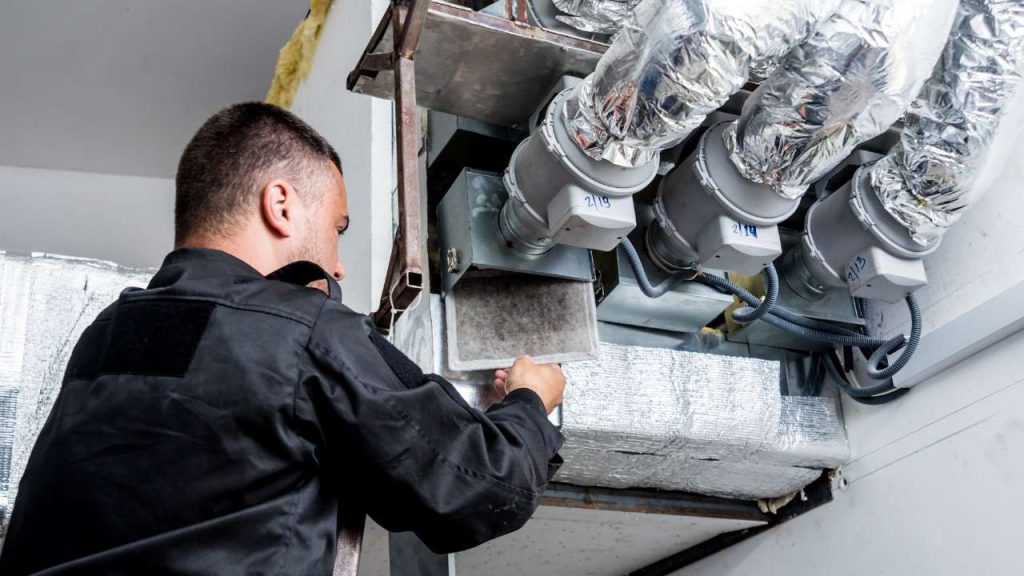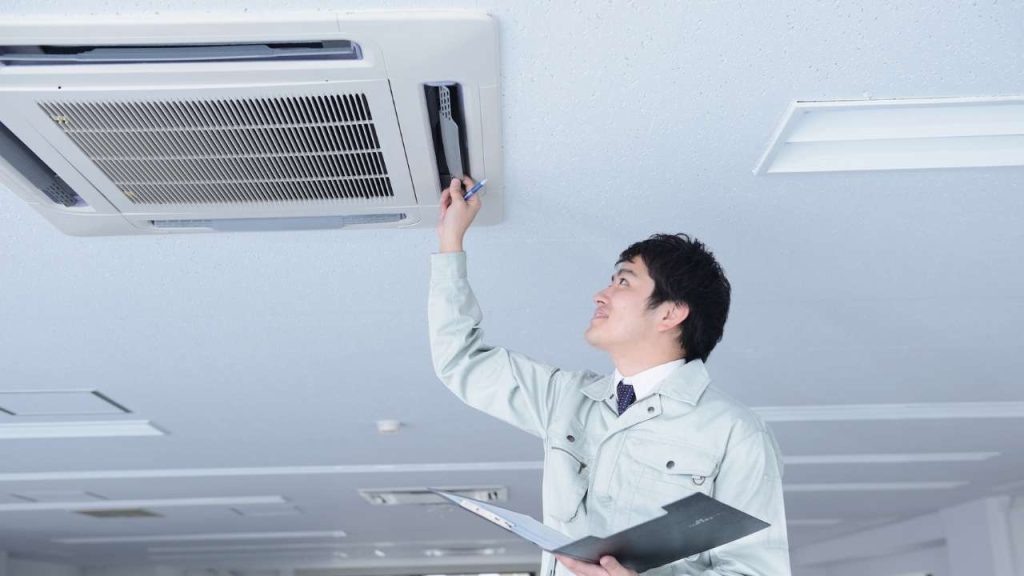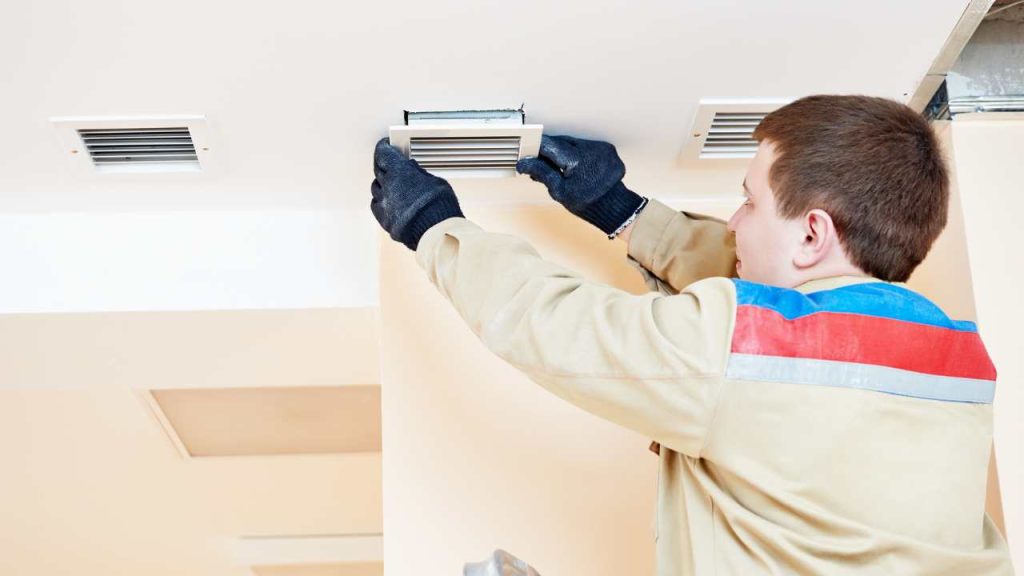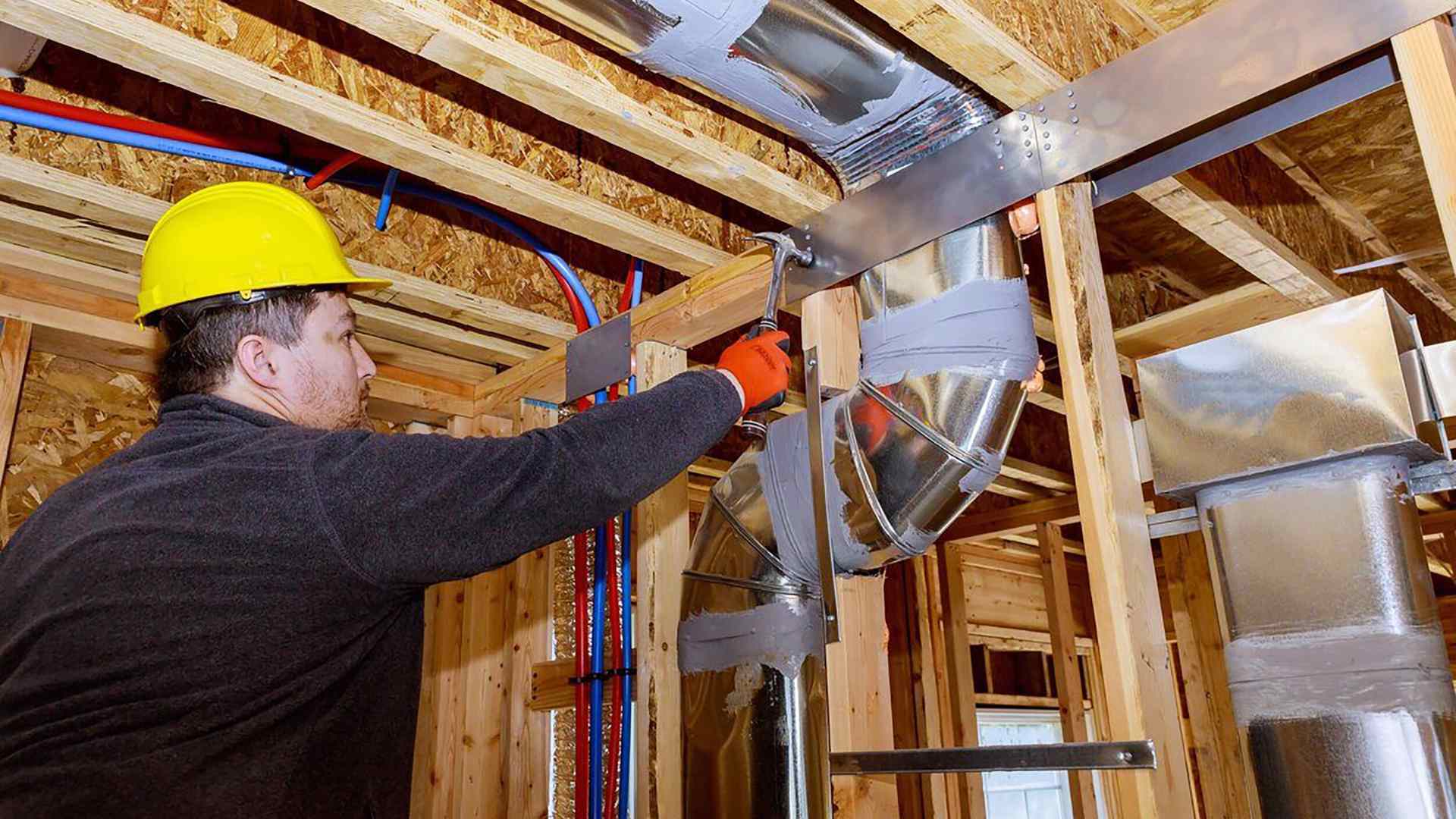Which is better for your home – MVHR vs trickle vents? Choosing the right ventilation system can have a big impact on your comfort, energy efficiency, and heating costs.
Trickle vents offer a simple and inexpensive way to bring fresh air indoors, but they rely on natural weather conditions, which can be unpredictable, and they allow heat to escape. In contrast, MVHR provides a steady flow of fresh air while retaining much of the warmth inside your home. It also filters the incoming air, removing dust and pollutants to create a cleaner and healthier living environment. This makes MVHR a strong contender for those seeking a more consistent and energy-efficient ventilation solution.
In this blog, we will learn what makes MVHR vs trickle vents the better choice. Learn about airflow, heat loss, & air quality & also learn why MVHR is a smarter choice for your home.
Let’s start!
What Do You Need to Know about MVHR vs Trickle Vents?
Choosing the right ventilation method for your home can make a big difference to comfort, energy efficiency, and air quality.
Trickle Vents
Trickle vents are small, passive openings usually found at the top of window frames. They let a limited amount of fresh air into the home when windows are shut, helping with basic ventilation.
These vents don’t use electricity and work by natural air pressure differences. However, their performance can be inconsistent as they depend on outside conditions such as wind and temperature. This means they might not always provide steady airflow, especially during calm weather.
MVHR Vents

Mechanical Ventilation with Heat Recovery (MVHR) is an active system that pulls in fresh air while removing stale air from inside. It uses a heat exchanger to transfer warmth from outgoing air to incoming air, reducing heat loss.
This method keeps indoor temperatures steady while supplying a constant flow of filtered air. MVHR systems are more reliable than trickle vents because they work independently of weather conditions. They are ideal for energy-efficient homes that need controlled ventilation and improved air quality year-round.
What Is The Difference Between MVHR Vs Trickle Vents?
When comparing MVHR and trickle vents, the main differences involve their approach to airflow, impact on energy efficiency, and effect on indoor air quality.
1. Controlled and Measured Airflow
MVHR systems deliver a steady flow of fresh air while removing stale air, regardless of outdoor conditions. This ensures your home’s ventilation remains predictable and effective all year round.
Trickle vents, on the other hand, depend on wind and temperature, making airflow inconsistent. This difference often impacts comfort levels, especially during extreme weather.
2. Significant Reduction in Heat Loss
Trickle vents can allow warm indoor air to escape, which leads to higher heating bills in colder months. MVHR captures the heat from outgoing air and transfers it to incoming air, keeping warmth inside.
This process reduces energy waste and lowers heating costs. Over time, this efficiency also supports a smaller carbon footprint.
3. Superior Air Quality

MVHR units include filters that remove dust, pollen, and other pollutants from the air entering your home. This results in cleaner, healthier indoor air that benefits allergy sufferers and improves overall comfort.
Trickle vents lack filtration, meaning outside air and any impurities it carries — enter directly.
4. Humidity Control and Mould Prevention
By regulating moisture levels, MVHR helps prevent condensation and mould growth, which are common in kitchens, bathrooms, and other damp-prone areas.
Trickle vents offer minimal control over humidity, increasing the risk of damp-related issues. Effective moisture management also supports better respiratory health.
5. Noise Reduction
MVHR systems allow fresh air in without letting outdoor noise travel indoors. This makes them ideal for homes near busy roads or noisy environments.
Unlike MVHR, trickle vents can transmit sounds from outside, which may disrupt a quiet indoor atmosphere. This feature adds to the overall comfort of living spaces.
Why is MVHR the Smarter Choice for Your Home?

When looking at MVHR vs trickle vents, the difference in performance, efficiency, and long-term value is clear. Trickle vents may seem like a quick and inexpensive option, but they lack the control, energy savings, and filtration needed for modern living. MVHR systems not only keep your home supplied with fresh, filtered air but also recover heat that would otherwise be lost, reducing energy bills. They offer consistent performance in all weather conditions, unlike trickle vents which rely on natural airflow.
For homeowners who value comfort, energy efficiency, and air quality, MVHR is a future-ready investment. This makes it an ideal solution for airtight, energy-conscious homes.
Conclusion
When comparing MVHR vs trickle vents, the benefits of MVHR are clear. Unlike trickle vents, which rely on unpredictable natural airflow, MVHR systems deliver consistent ventilation, reduce heat loss, improve air quality, and help control humidity. They also operate quietly, making them ideal for modern, airtight homes. While trickle vents may offer a basic, low-cost option, MVHR provides a long-term, energy-efficient solution that enhances comfort and health.
If you want a reliable, future-proof ventilation system customised to your home, contact VentSolve today. Our expert team can help you choose and install the perfect MVHR system, ensuring your property stays fresh, comfortable, and efficient all year round.
FAQs
1. What is the difference between MVHR and trickle vents?
MVHR systems actively draw fresh air in and stale air out using a heat exchanger—retaining up to 95% of heat—while trickle vents are passive slots that provide uncontrolled airflow without heat recovery.
2. Do I still need trickle vents if I install MVHR?
No—if an MVHR system is correctly commissioned and installed, it meets building regulations and renders trickle vents unnecessary.
3. Will MVHR save on heating bills compared to trickle vents?
Yes—MVHR recovers heat from outgoing air and transfers it to the incoming air, meaning less heating energy is lost and lower energy bills result.
4. Does MVHR improve air quality better than trickle vents?
Absolutely—MVHR includes filters that remove dust, allergens, and pollutants, whereas trickle vents allow unfiltered outdoor air to enter directly.
5. How can VentSolve ensure a perfectly balanced MVHR installation?
At VentSolve, our engineers comprehensively survey your property to determine correct unit sizing and duct layouts—ensuring balanced airflow, minimal noise, and optimal performance every time.
6. Can VentSolve retrofit MVHR into older, airtight homes?
Absolutely—VentSolve specialises in retrofit solutions. We use compact or decentralised units and cleverly conceal ducting to suit homes with limited space or older structures, maximising energy savings with minimal disruption.


